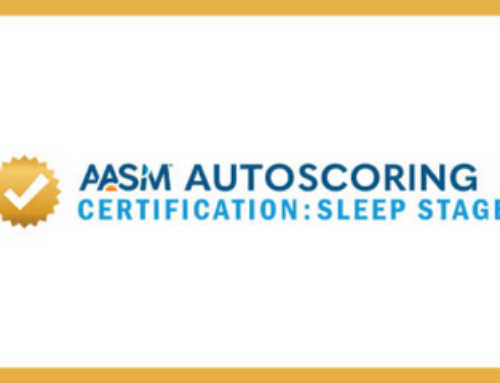CONTACT: Doug Dusik, 630-737-9700 ext. 9345, ddusik@aasm.org.
DARIEN, IL – Large corporations could save millions of dollars in lost productivity by screening and treating high-risk employees for obstructive sleep apnea, suggests a research abstract that will be presented Monday, June 13, in Minneapolis, Minn., at SLEEP 2011, the 25th Anniversary Meeting of the Associated Professional Sleep Societies LLC (APSS).
Results show that a large corporation in Florida could save an estimated $136 million in lost productivity over 10 years by screening high-risk employees for OSA and offering treatment with continuous positive airway pressure (CPAP) therapy. The study found that 608 employees of the corporation were middle-aged, obese men who were at high risk for OSA.
According to the authors, untreated OSA results in job performance deficiencies such as excessive sleepiness, cognitive dysfunction, irritability and reduced vitality. Research shows that work performance can be decreased by 30 percent due to sleep fragmentation and repetitive hypoxia, which are characteristics of OSA.
“This cost-benefit analysis proposed OSA screening and treatment for high-level management professionals who had high salaries,” said principal investigator Dr. Clelia Lima, a family nurse practitioner in the College of Nursing at the University of Central Florida in Orlando, Fla. “It was a pleasant surprise to find that the results showed substantial financial benefit for employees at practically any salary level.”
Lima and co-investigator Dr. Elizabeth M. Rash, who is also a nurse practitioner, applied epidemiological data related to OSA screening, diagnosis and treatment to the specific demographics of the corporation. They based their calculations on statistics that 70 percent of high-risk individuals are diagnosed with OSA, and that 75 percent of patients with OSA are compliant with CPAP therapy. Therefore, they estimated that 319 of the 608 high-risk employees would have OSA and be compliant with treatment.
Then Lima and Rash made conservative statistical estimates, considering lost work productivity as the variable and using half of its predicted value. For each of the 319 treated employees, productivity was estimated at $150,000 per year. Recovering the 30 percent of productivity that was lost due to OSA would yield an annual gain of $14.4 million. Estimating the cost of diagnostic screening with polysomnography and treatment with CPAP therapy to be $7.2 million over 10 years, Lima and Rash determined that the corporation would have a 10-year net savings of $136 million.
Lima added that both companies and employees reap benefits when OSA is diagnosed and treated.
“Companies may become proactive in screening and treating their employees for OSA due to the predicted financial benefit,” she said. “The importance goes beyond the improved cognitive function and savings of millions of dollars in work performance, since treating OSA adds other health benefits.”
According to the American Academy of Sleep Medicine, it is estimated that about 80 to 90 percent of adults with OSA remain undiagnosed. OSA is a sleep-related breathing disorder that involves a decrease or complete halt in airflow despite an ongoing effort to breathe. It occurs when the muscles relax during sleep, causing soft tissue in the back of the throat to collapse and block the upper airway. This leads to partial reductions (hypopneas) and complete pauses (apneas) in breathing that can produce abrupt reductions in blood oxygen saturation and reduce blood flow to the brain. Most people with OSA snore loudly and frequently, and they often experience excessive daytime sleepiness.
The treatment of choice for OSA is CPAP therapy, which provides a steady stream of air through a mask that is worn during sleep. This airflow keeps the airway open to prevent pauses in breathing and restore normal oxygen levels. Help for OSA is available at more than 2,200 AASM-accredited sleep disorders centers across the U.S.
The SLEEP 2011 abstract supplement is available for download on the website of the journal SLEEPat https://www.journalsleep.org/ViewAbstractSupplement.aspx.
A joint venture of the American Academy of Sleep Medicine and the Sleep Research Society, the annual SLEEP meeting brings together an international body of more than 5,000 leading clinicians and scientists in the fields of sleep medicine and sleep research. At SLEEP 2011 (www.sleepmeeting.org), more than 1,000 research abstract presentations will showcase new findings that contribute to the understanding of sleep and the effective diagnosis and treatment of sleep disorders such as insomnia, narcolepsy and sleep apnea.
Abstract Title: Cost of decreased cognitive function in a large corporation in Florida: benefits of obstructive sleep apnea screening and treatment for high-risk professionals
Abstract ID: 0364
Presentation Date: Monday, June 13, 2011
Presentation Type: Poster – #16
Presentation Time: 11:30 a.m. – 12:30 p.m.
###








